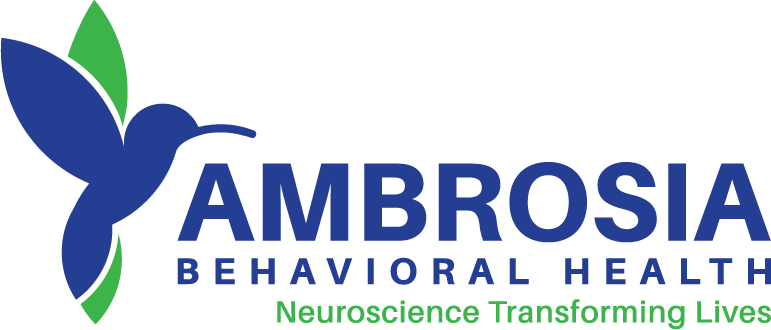How Long Do Drugs Stay In Your System?
The moment drugs enter your body, your cells try to get rid of them. Your stomach, kidneys, liver, and colon isolate drug molecules and bundle them up for excretion. When their work is done, sobriety returns.
To a scientist, a drug’s active life is measured by your metabolism. The moment at which half of the medication you’ve taken is removed is the drug’s active lifespan.
Your half-life might be different than the one experienced by someone who took the same drug. Metabolism can vary due to:
- Age. Our organs grow less efficient throughout their lifespan.
- Gender. Some drugs rely on fat cells, and women tend to have more than men.
- Race. Genes can dictate how quickly we metabolize some drugs, including alcohol, and they can be passed from parent to child.
- Weight. A bigger body has a larger amount of blood, and that can alter both intoxication and metabolism.
- Prior drug use. If your next hit happens when the last hit is still active, it might take longer for your body to catch up.
A scientist’s measurement of half-life is an approximation, based on studies of hundreds or even thousands of people. Your experience might be a little different, but the timeframes can be useful if you hope to understand how a hit you’re contemplating will change your body and your brain.
When scientists can’t determine a drug’s half-life (and some substances, including alcohol, just don’t work that way), they figure out the moment at which blood levels of the substance are at their highest. This is the time at which you’re likely to feel the most intoxicated, and from that point onward, sobriety is likely to return.
This is an approximation, but doubling the number could tell you how long you’re likely to feel intoxicated.
Timeframes for Classic Drugs
Classic drugs include:
- Alcohol. Ethanol, the active ingredient in an alcoholic drink, is processed by the liver. Cells can neutralize about 15 grams of alcohol per hour, experts say. That works out to about one alcoholic beverage per hour. If you drink more than 15 grams of alcohol in an hour, you’ll need longer to recover.
- Marijuana. Researchers say blood marijuana levels peak within about 10 minutes of smoking the drug, but if you ingest the substance, it takes about an hour to reach maximum blood levels.
- Cocaine. According to researchers, cocaine has a 1-hour half-life. That can vary depending on whether you smoke or sniff the drug.
- Heroin. When heroin enters the body, it’s transformed into different substances your body can attach to. Researchers say heroin’s half-life is about 3 minutes, but its metabolite can stick around for an almost 20-minute half-life.

Timeframes for Prescription Drugs
Prescription drugs include:
- Painkillers. Most dangerous painkiller drugs are opioids. They’re structurally similar to heroin, as they share receptors in your brain and body. Researchers say most painkillers have a half-life of about 4 hours.
- Suboxone and Subutex. These prescription drugs are designed to help people stop abusing painkillers, but the buprenorphine included in each dose can be a target of drug abuse. Buprenorphine’s half-life is about 37 hours, researchers say, making it one of the most long-lasting drugs available.
- Adderall. This prescription stimulant drug has a half-life of about 11 hours, researchers say, but this study was conducted on people who hadn’t eaten in a while. Your metabolism could change if you take this drug with food.
- Benzodiazepines. These medications are designed to soothe anxiety, but each drug works a little differently. The half-life of substances in this class ranges from 5 to 24 hours, researchers say.
Timeframes for Novel Drugs
Novel drugs include:
- Methamphetamine. This substance delivers a high and a sense of energy, and researchers say that the half-life lasts for about 10 hours, although that can vary considerably depending on how the drug was made.
- Kratom. This is a natural plant, but it’s altered in clandestine labs to increase potency. Researchers say half-life is about 16 hours.
- Synthetic marijuana. Products like K2 or Spice promise a high similar to marijuana without law enforcement action. Researchers say the drug can be felt for about 30 to 120 minutes.
What About Drug Tests?
If you’re hoping to evade detection, know this: You can live a different life. Drug tests can pick up traces of your use for weeks or even months down the line (depending on the method used), and if you’re caught, you could lose opportunities, your freedom, or both.
Treatment can help you gain control of your life, so you don’t have to live in fear of the next test. You’ll be able to just enjoy life again, without drugs.








